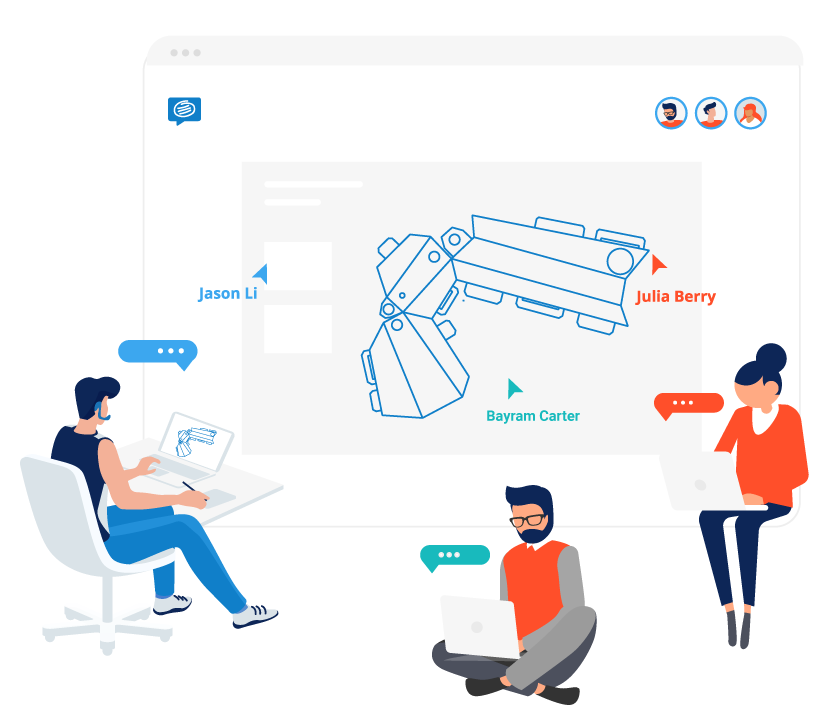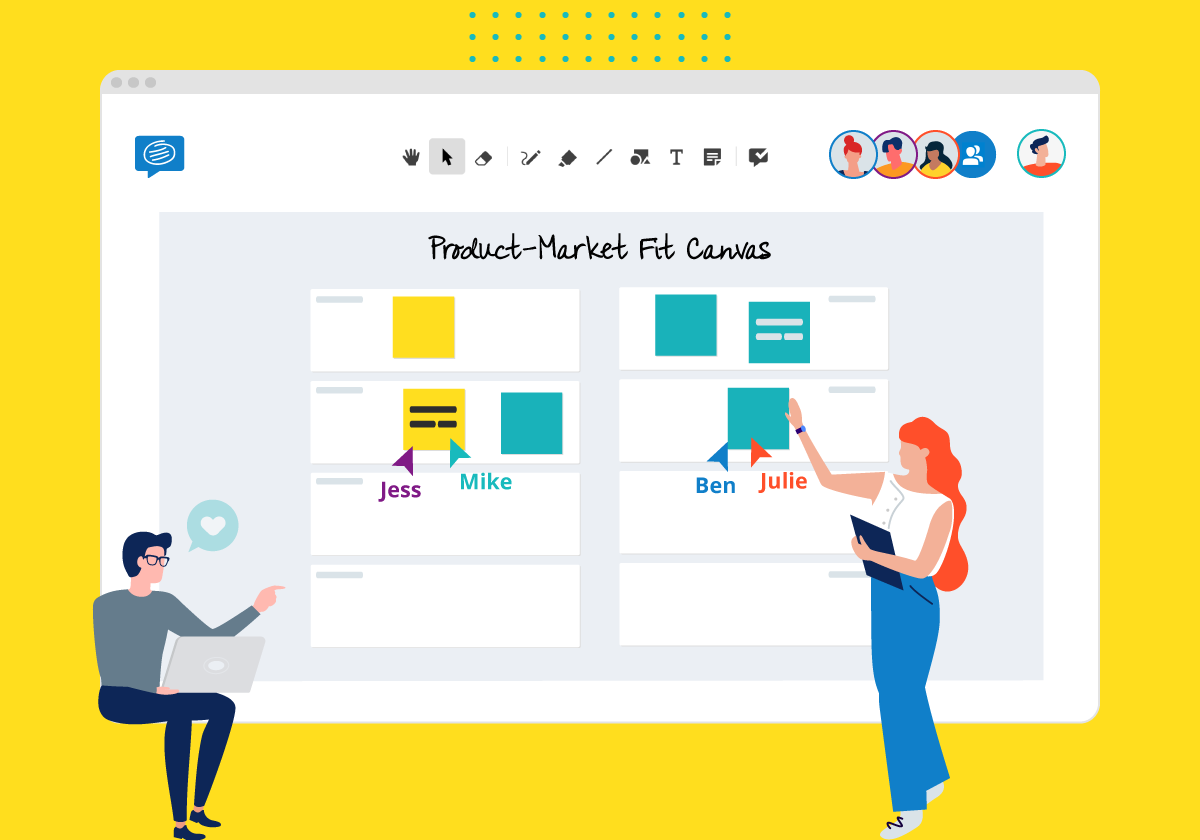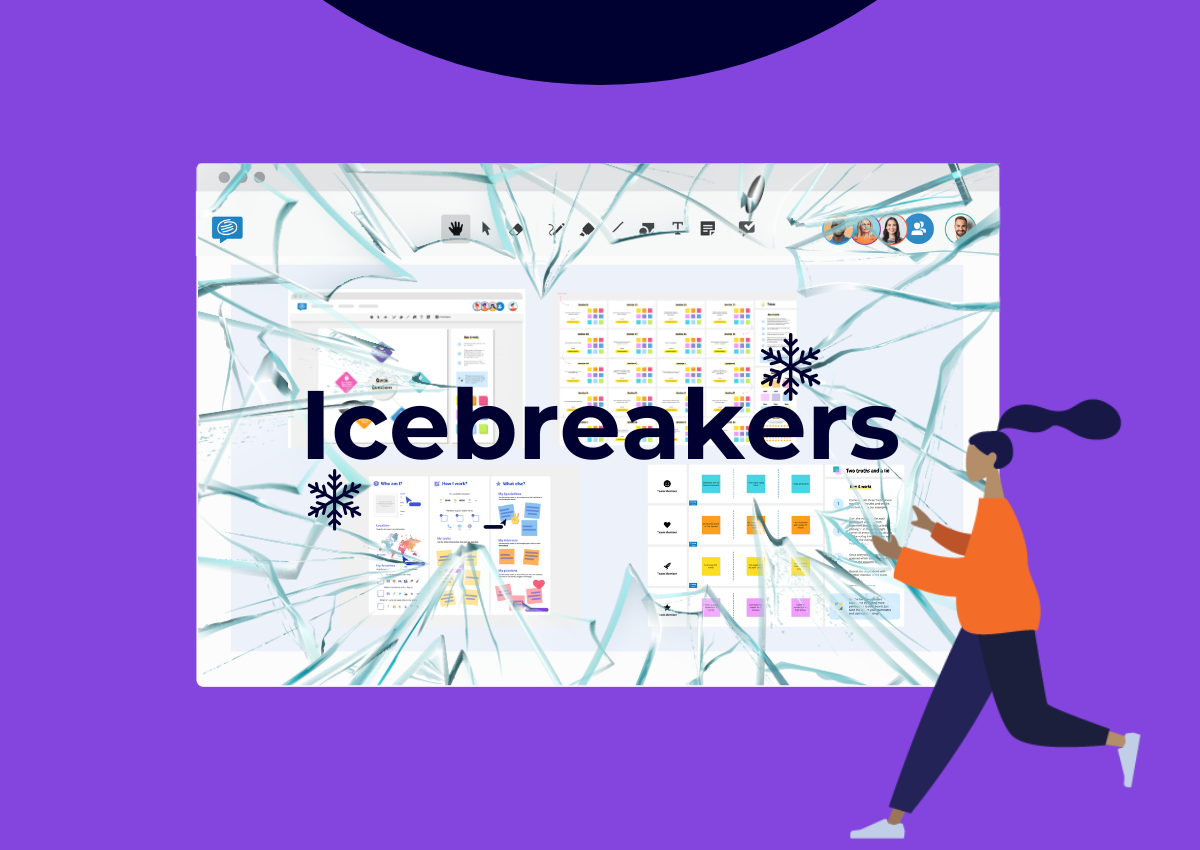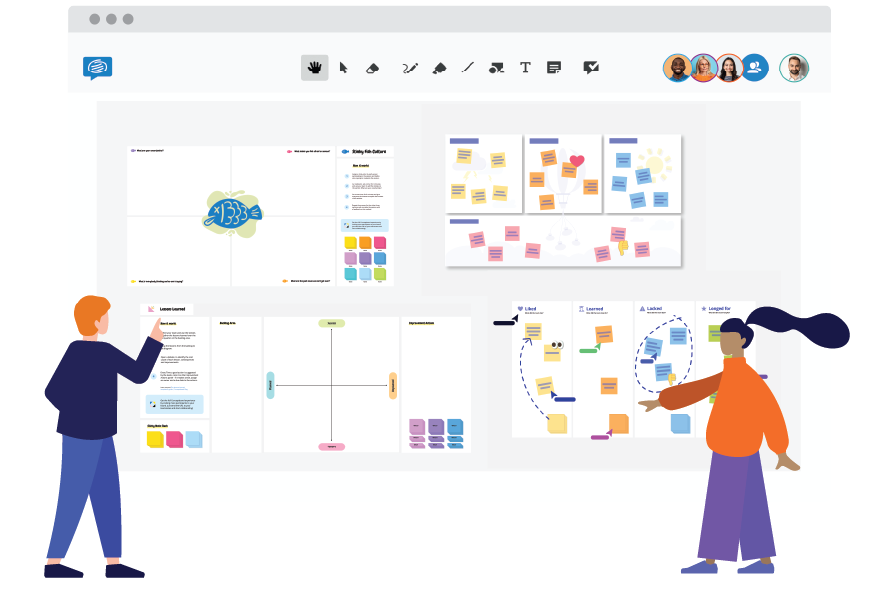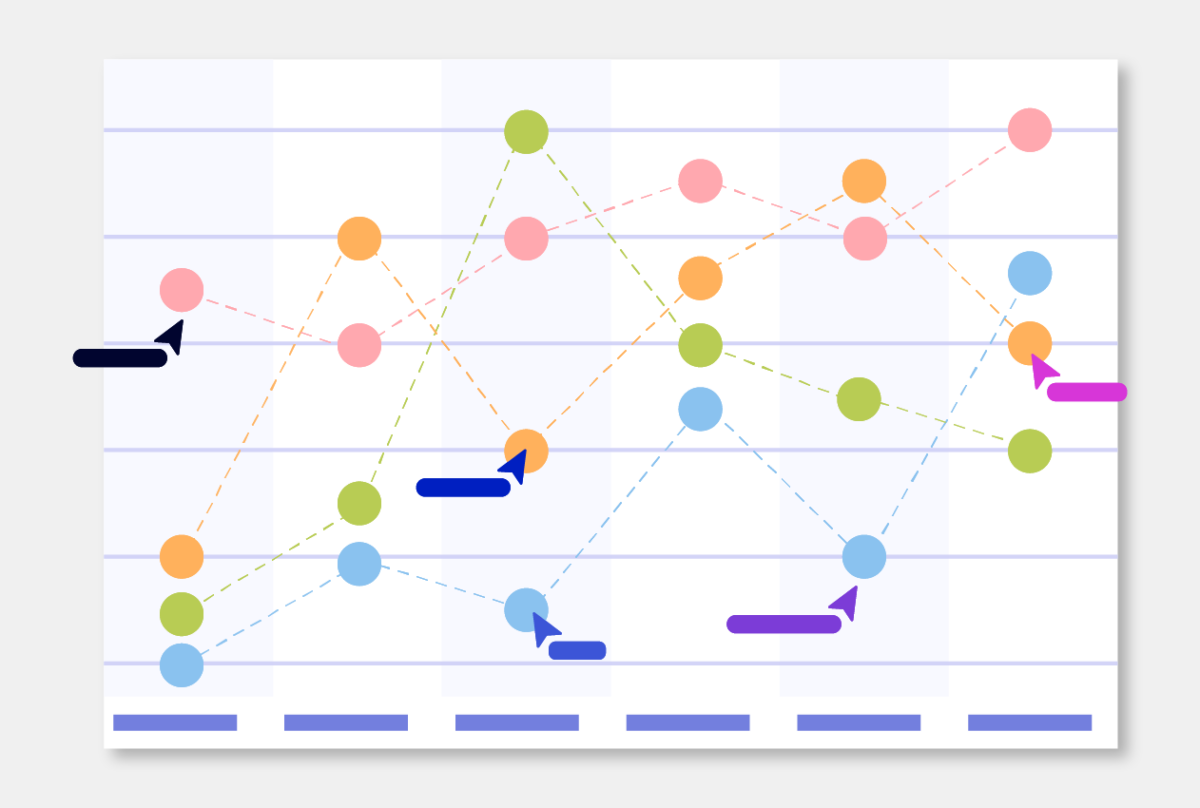During a brainstorming session, you might come across an idea that you think- WOW, this is pretty good! Let’s start selling! But before you bolt off and start pitching to investors and launching a new website, it’s important to do some market research to test your ideas validity.
One of the key tests is called the product market fit. This means creating a product that people actually want. And, the good news is that there’s a great free tool called the product market Fit canvas template that will guide you through this evaluation.
Once you’ve completed the canvas, you should have a good understanding of what exactly your potential customers want, and how you can fill these needs.
You can jump into our collaborative template below or read our comprehensive guide to look at how it works.
Why is Product market fit so important?
For your company to succeed you need to build a product that satisfies the needs of a market and its potential customers. A successful product market fit means you’ve successfully identified a customer base who will use your product as it was intended.
Mapping out how to achieve product market fit will provide you with a solid understanding of the direction your product should be moving in. It will reduce the assumptions, and provide strategy behind your decision making.
On top of that, the process of completing the canvas will help you focus on the unique selling points of your product while opening up your eyes to new opportunities or problems you hadn’t previously considered. It is also a great collaborative team effort to help get everyone on the same page.
How to use the Product market fit canvas
A product market fit template is divided into two halves, the left side focuses on everything to do with customers, while the right side concerns everything to do with the product or service you are building.
The best time to conduct a product market fit analysis is pre-launch, before you get too far down the track.
It works best as a collaborative session, so the first step is to set up a workshop and invite key team members to join the session. You can access the free Conceptboard template here, and send a link to the board to all participants, plus our built-in conferencing tools will help the session run smoothly.
The analysis will cover four questions on each side of the equation to get a more holistic view of the product’s potential. For customers you need to think about:
-
- Characteristics: This includes demographics, hobbies, interests, social media habits, income levels, media outlets. Explain who they are, how you can group them, and how you expect they will use your product or service.
- Problems and needs: What are their problems that you are trying to solve, or what are the needs that you are trying to address?
- Channel: How and where will they be able to access your product, and is this native to them?
-
- User experience: What will the customer journey look like? Detail the steps at each stage.
On the product side, you need to respond to the statements in the first column by answering the following questions:
-
- Alternatives: What services are they currently using, ie: who are you competing against to get this customer.
- Key features: What are the key features of your product that sets it apart from the competition, and actually meets customers needs?
-
- Value for the channel: How will this channel get value by listing your product?
-
- Key metrics: How will you track and measure success? Ie: Retention rate, Referrals, Bounce rate, Time per session, social media followers, sales
Once you’ve completed the canvas, you should have a much clearer idea of product market fit- including levels of demand and competitiveness. If you’ve achieved this, well done! You are ready to launch and test your product in the market. If you haven’t quite got it right, go back and speak to more potential customers to better understand their needs, and then identify how you can create a product that better matches their needs.
A finished canvas is a great resource that will help guide everyone in the right direction, across marketing, customer service and development teams.
